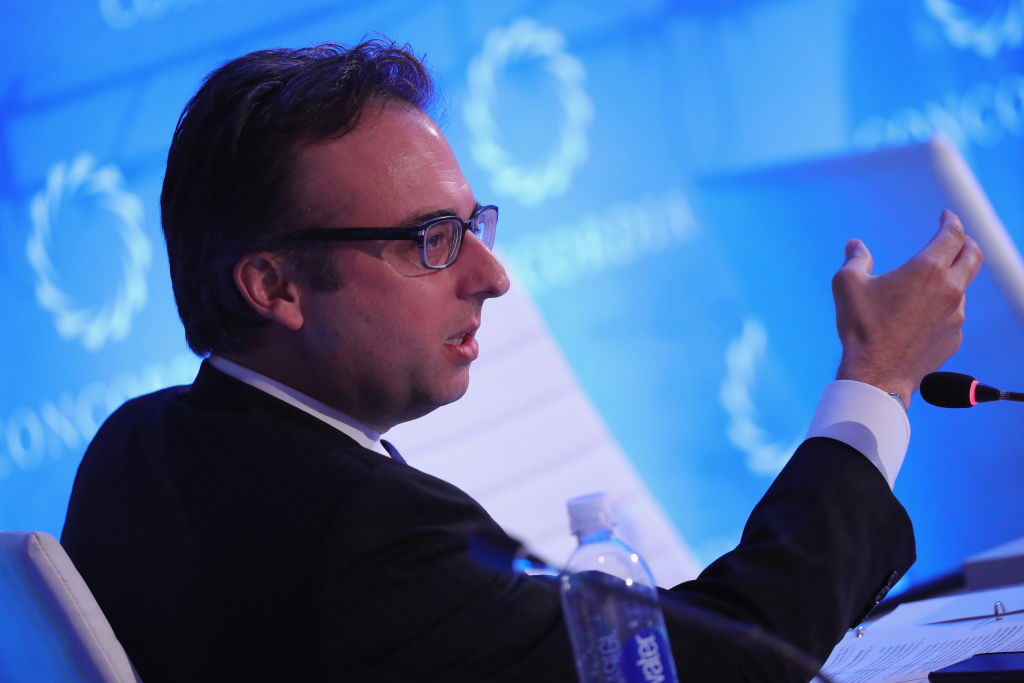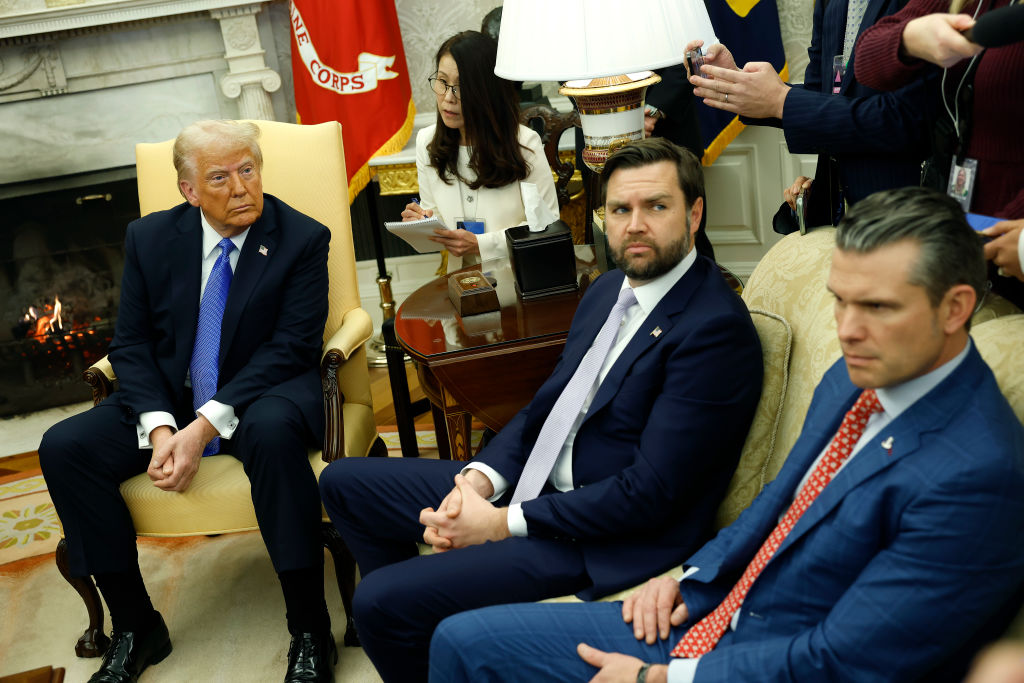In the current geopolitical context, the European Union urgently needs to strengthen its credibility and relevance. External partners, particularly the US, will only take the EU seriously if it moves forward decisively and proactively. To adapt to the post-Trump reality, the EU must enhance its autonomy in defence, energy, AI, industry, raw materials, medical equipment, and other strategic sectors. Achieving this requires, first of all, a strong political will on behalf of both EU and national elites. However, the pressing question by now should not be whether such bold policy shifts are necessary, but how they can be accomplished efficiently and quickly.
Reforming the EU treaties—the Treaty on the European Union and the Treaty on the Functioning of the European Union—is a complex process requiring unanimity among all 27 member states. Given Europe’s current political landscape, with diverging national interests and increasing fragmentation, full treaty revision seems quite unrealistic or at best not speedy enough. The formal revision process under Article 48 of the Treaty of the European Union involves convening a convention whose recommendations should then pass to an intergovernmental conference (IGC) —where unanimity is required for their adoption. While a simple majority in the European Council is enough to call a convention, unanimity is still required at the IGC stage—meaning discussions cannot be blocked, but final decisions can. Even if/when this stage succeeds, national ratifications are needed by all member states —sometimes through referenda— which could additionally slow, derail or even paralyze the whole process, as seen with the EU Constitution’s rejection in 2005 and the difficulties faced in ratifying the Lisbon Treaty in 2008.
Europe cannot afford to delay any further building its sovereignty, its strategic autonomy and just keeping on with its “wait-and-see attitude”. It needs to move forward now, to unstick, to overcome its structural obstacles. The question is how can Europe move forward without revising its treaties.
How Can Europe Move Forward Without Treaty Change?
To bypass the paralysis of unanimity while still advancing, the EU has the following key mechanisms at its disposal:
- Enhanced Cooperation – A Multi-Speed Europe (Article 20 TEU)
When full consensus is unachievable, at least nine EU countries can move forward together in specific policy areas without requiring unanimity from all 27 member states. This method has already been used for the European Public Prosecutor’s Office and the Unitary Patent System. While it does not bind the entire EU, it would enable willing nations to integrate faster in crucial sectors like defence, energy, and technological innovation. And who says that it cannot unite up to 25 out of 27 member states? There is a minimum but not a maximum number. - Expanding Qualified Majority Voting
Not all reforms require full Treaty revision. The Passerelle Clause allows shifting decision-making from unanimity to qualified majority voting (QMV) in certain areas without changing the treaties themselves. This approach has already been used for the Energy Union’s centralized gas purchasing. Expanding QMV would allow faster decision-making on some critical issues, while reducing the risk of paralysis caused by national vetoes. - Creating a “Core Europe”
When full EU consensus proves impossible/unattainable, a coalition of pro-reform states could negotiate a separate treaty outside the EU framework, later integrating it formally into the EU legal order/law. The Schengen area and the Eurozone were initially established this way. A similar initiative could be used for strategic autonomy in defence, industrial policy, and energy security, allowing ambitious and willing EU member states to advance while reluctant nations opt out temporarily.
Certainly, these approaches may deepen divisions between such “core Europe” and the slower-moving states but at least they would allow it to move forward without being held hostage by its less willing or reluctant members.
A Pragmatic Path Forward
A combination of these approaches might seem a pragmatic way forward. Thus, the following practical steps might be simultaneously envisaged:
- Call a Convention to push for Treaty change, putting pressure on reluctant states (if they see others moving ahead, they might prefer to join, rather than be left behind) while engaging European citizens in a broader debate on EU’s strategic autonomy. This would signal commitment and transparency and increase the legitimacy of the whole process.
- Simultaneously advance through Enhanced Cooperation, allowing willing states to lead in defence, energy, AI, industrial policy, etc. Even if full treaty reform fails, progress will still be made.
- Expand QMV to the maximum of policies, using the existing treaty flexibility clauses, so that that key decisions are not blocked by a single member state.
- If necessary, create parallel agreements outside the treaty framework, enabling a “core Europe” to act without being held hostage by reluctant nations.
In a fragmented world of increasing geopolitical tensions, Europe cannot afford to remain a political dwarf. The EU’s credibility is at stake. If it fails to reform itself and take decisive action, it risks irrelevance on the global stage. Waiting for full treaty revision is not an option. Through enhanced cooperation, strategic use of QMV, and alternative agreements, Europe can move forward—faster and stronger.
The time for hesitation is over. The EU must embrace pragmatic, bold solutions to break free from paralysis and reclaim its position as a global leader.
Renata Shipkova has a PhD in political science, specialising in EU political communication.





Ready for an ‘abomination?’ In American history, tariffs have consequences